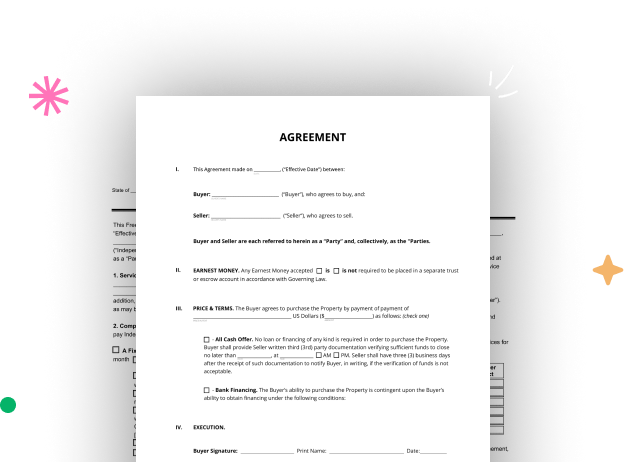

First, log in to your DocHub account. If you don't have one, you can simply sign up for free.
Once signed in, navigate to your dashboard. This is your main hub for all document-focused tasks.
In your dashboard, click on New Document in the upper left corner. Opt for Create Blank Document to create the Workplace Compliance Document from a blank slate.
Place numerous fields like text boxes, images, signature fields, and other elements to your template and assign these fields to particular users as required.
Refine your document by including instructions or any other crucial tips leveraging the text feature.
Meticulously examine your created Workplace Compliance Document for any discrepancies or necessary adjustments. Leverage DocHub's editing capabilities to fine-tune your template.
After finalizing, save your work. You can choose to save it within DocHub, export it to various storage platforms, or send it via a link or email.